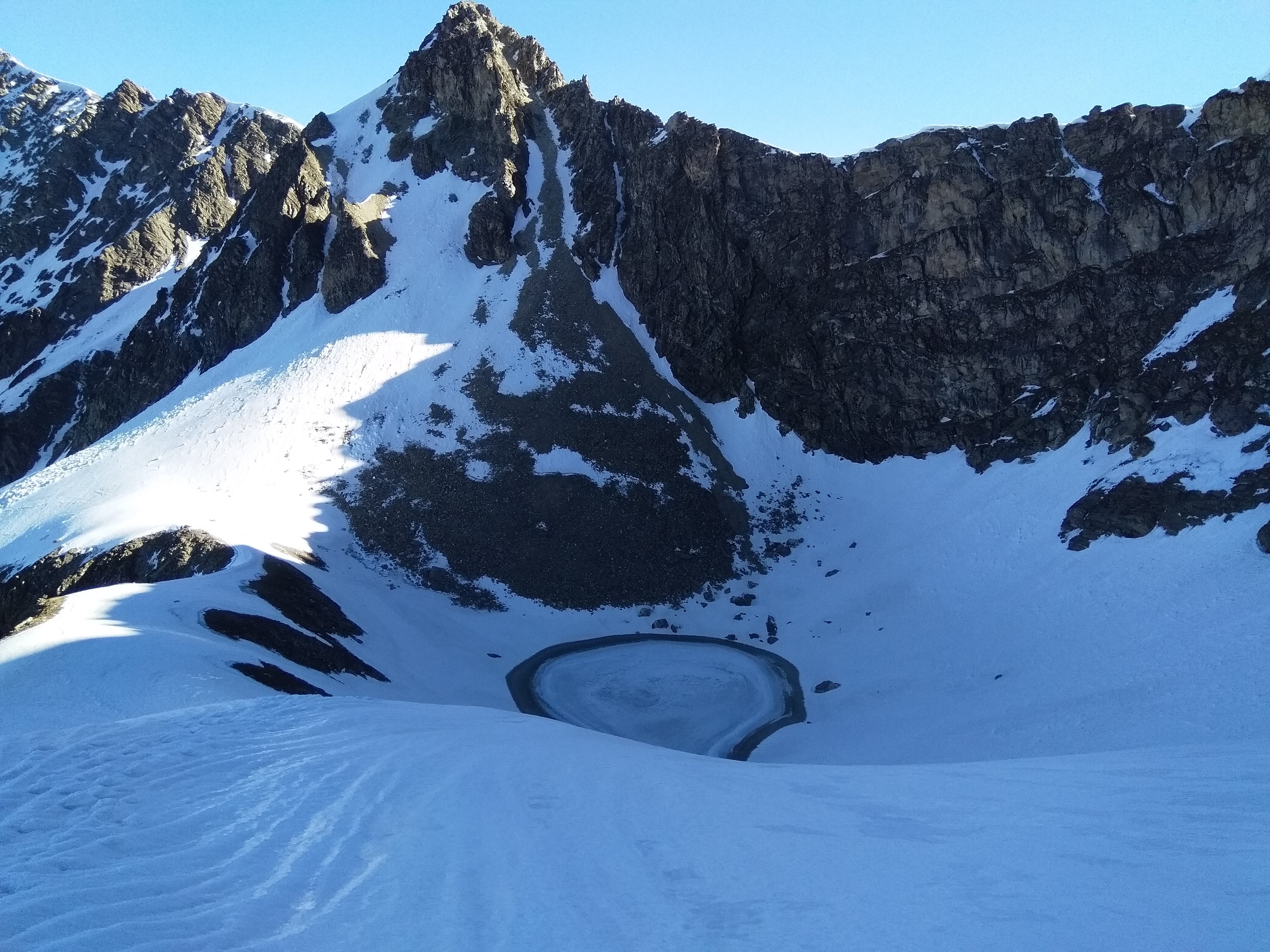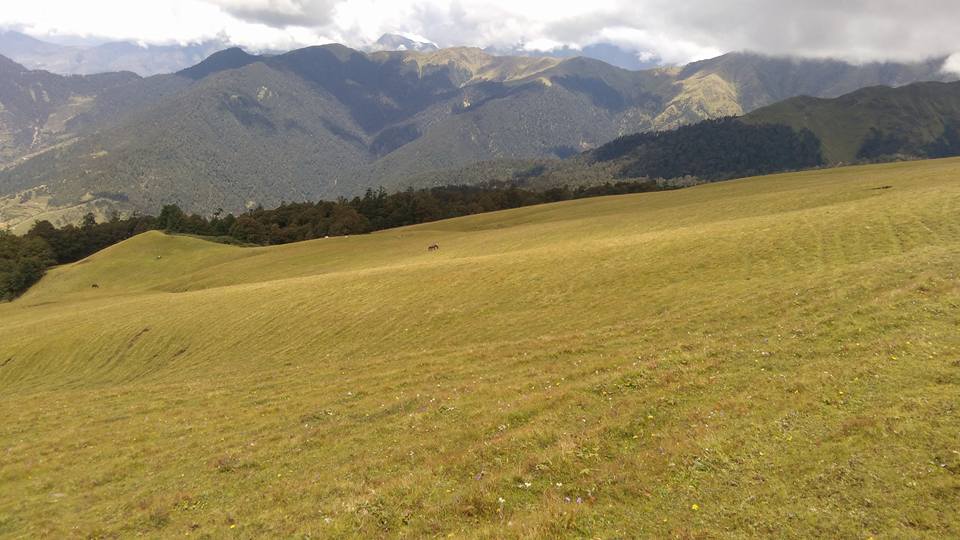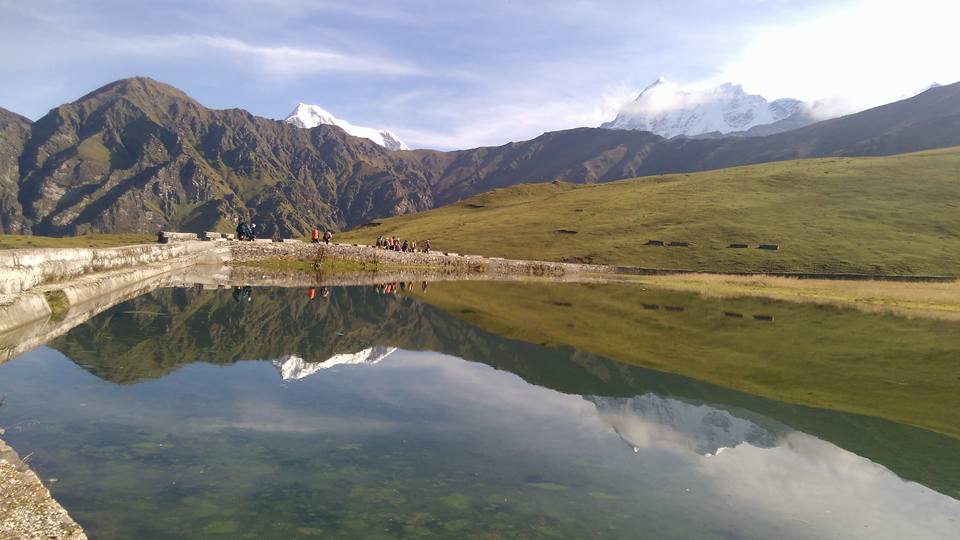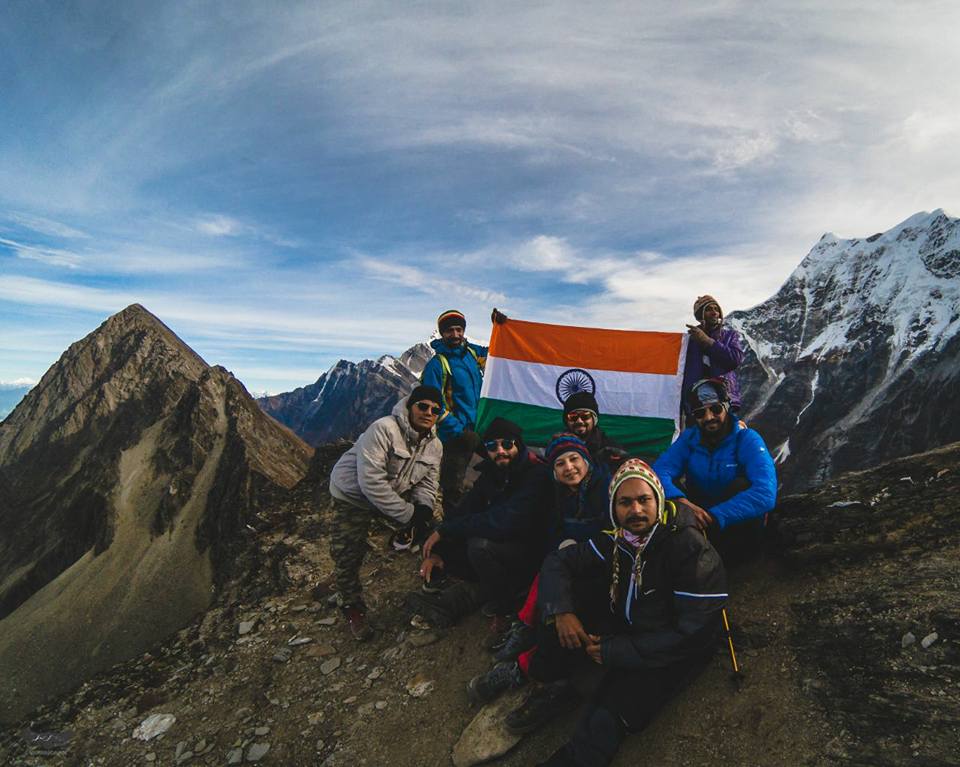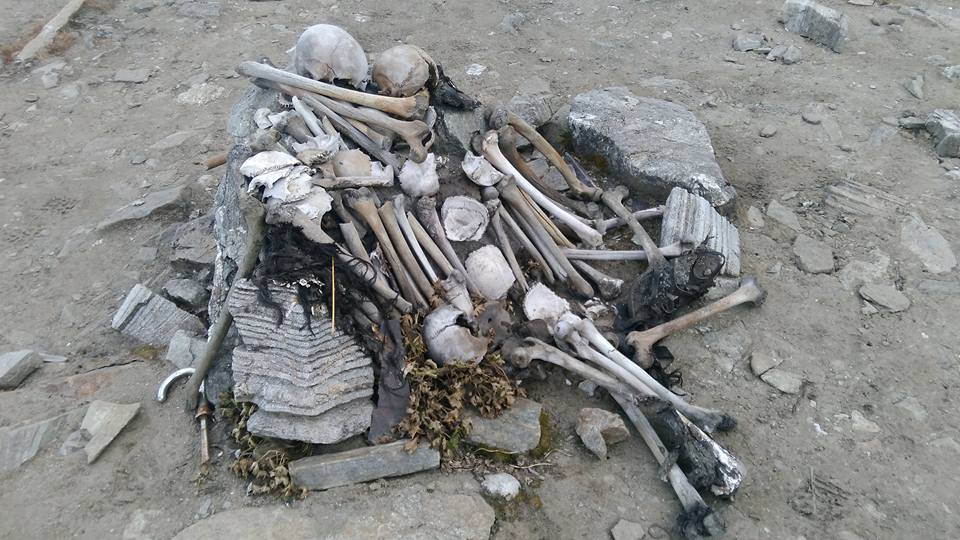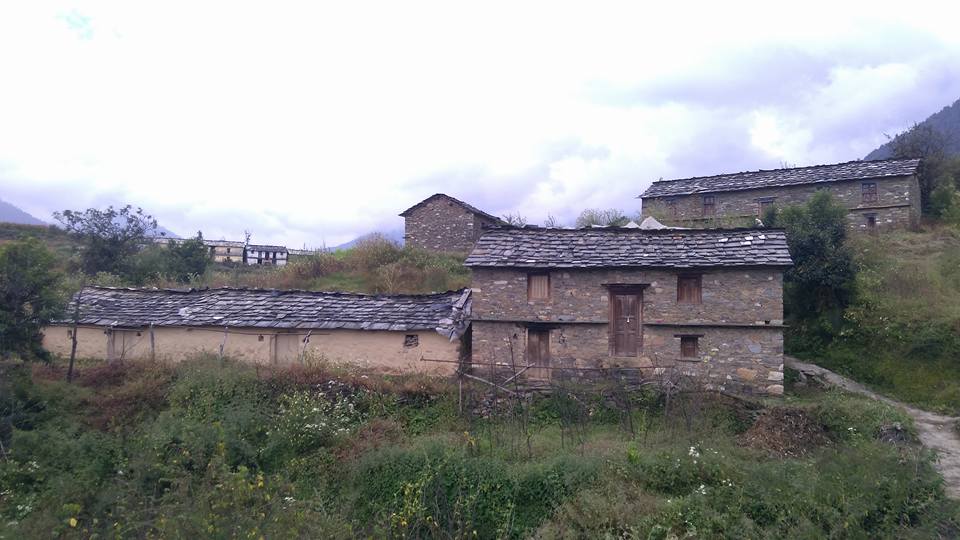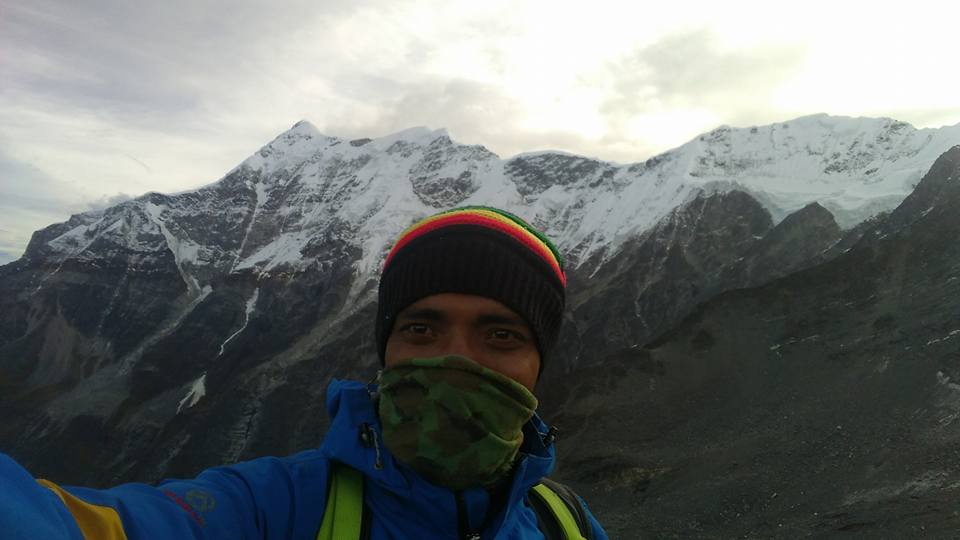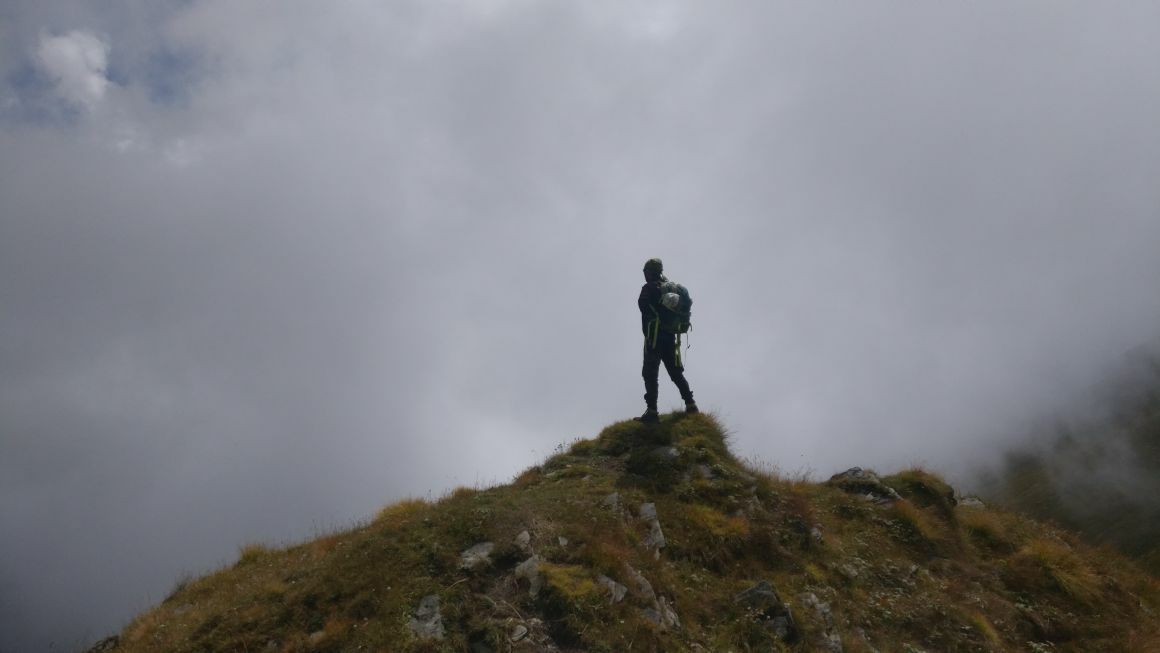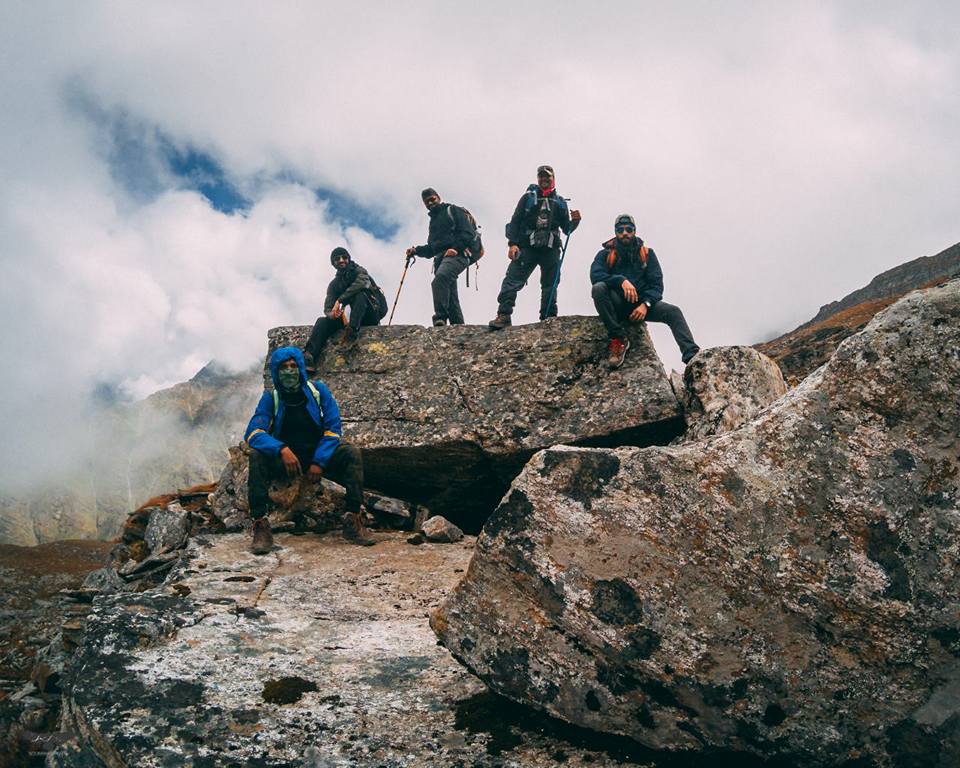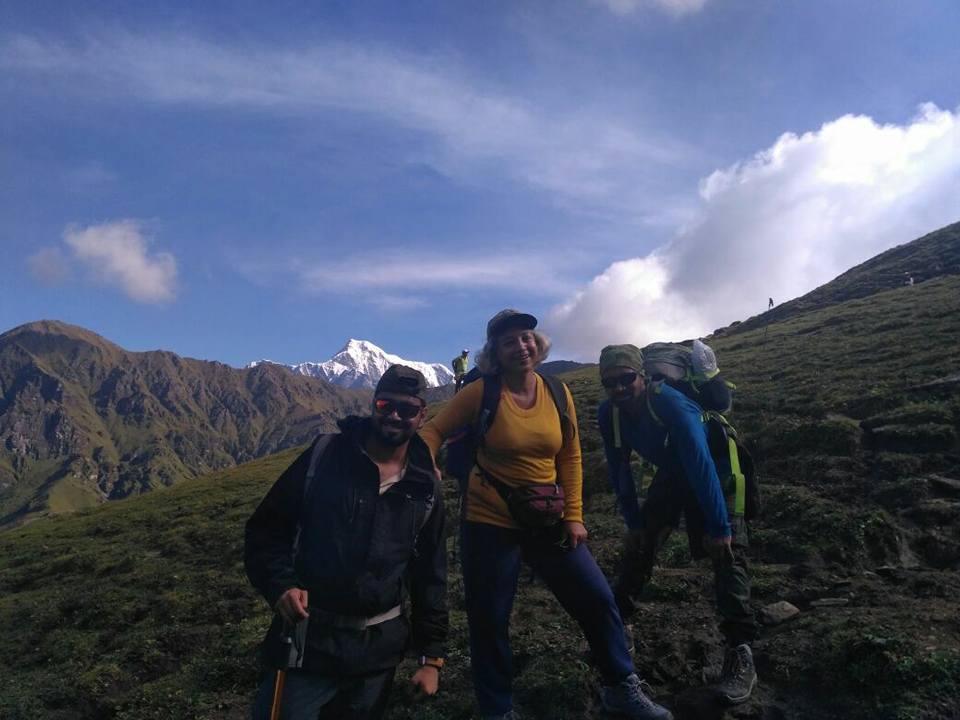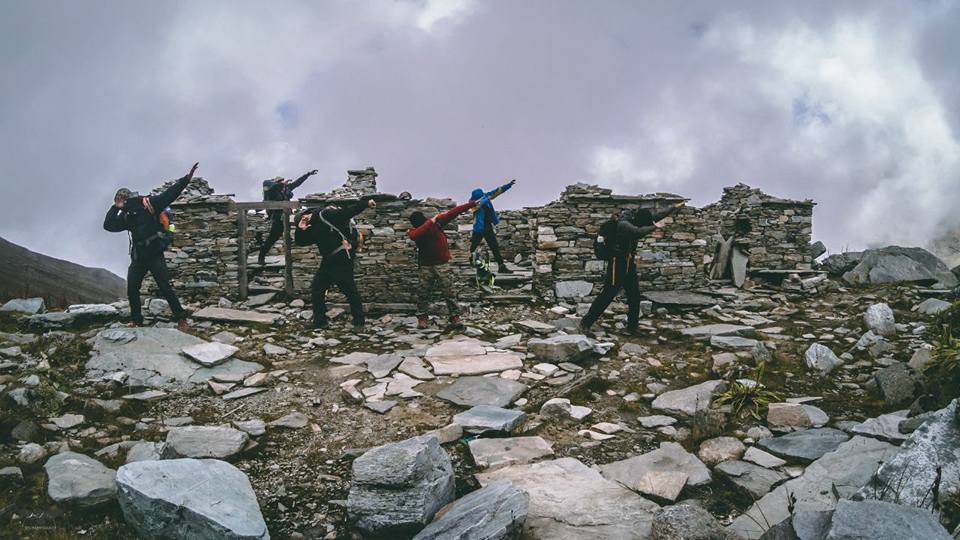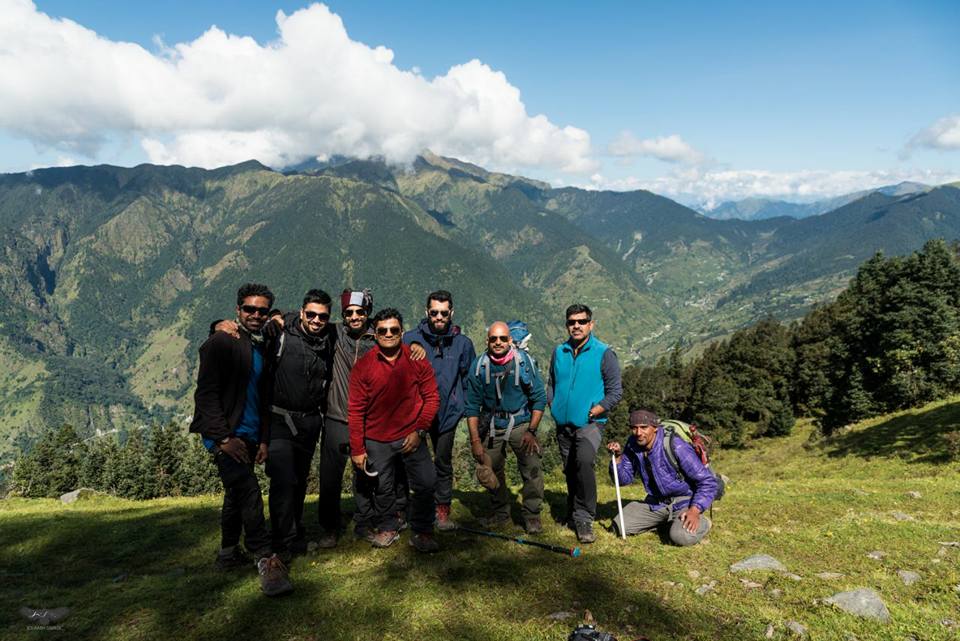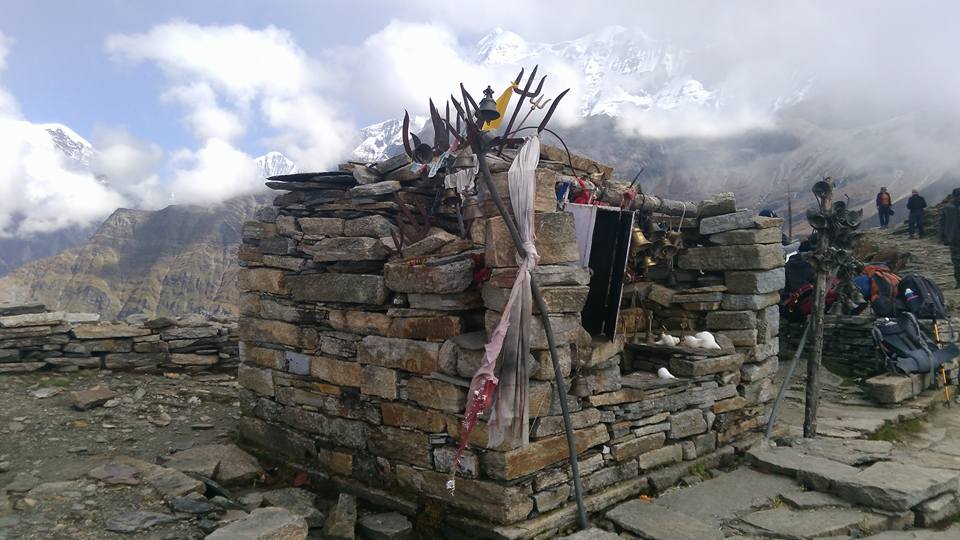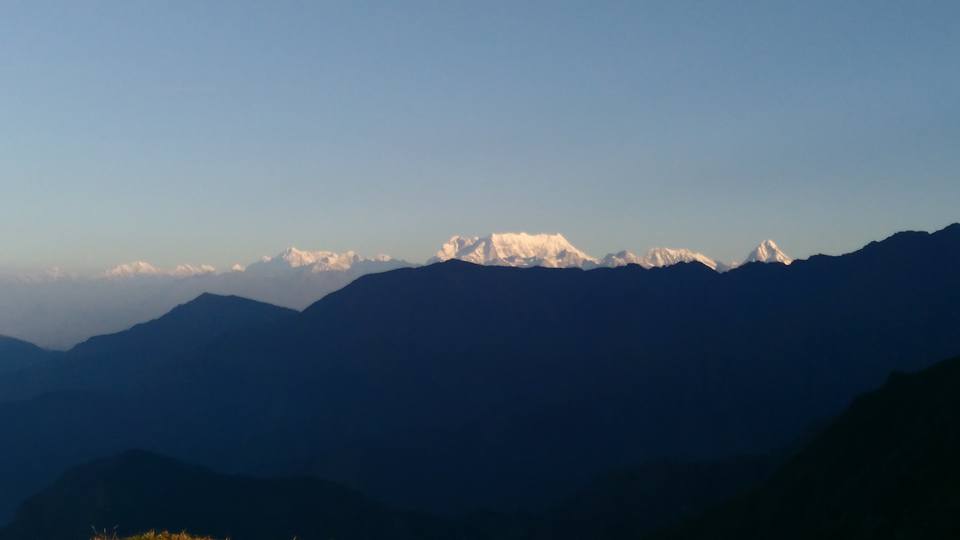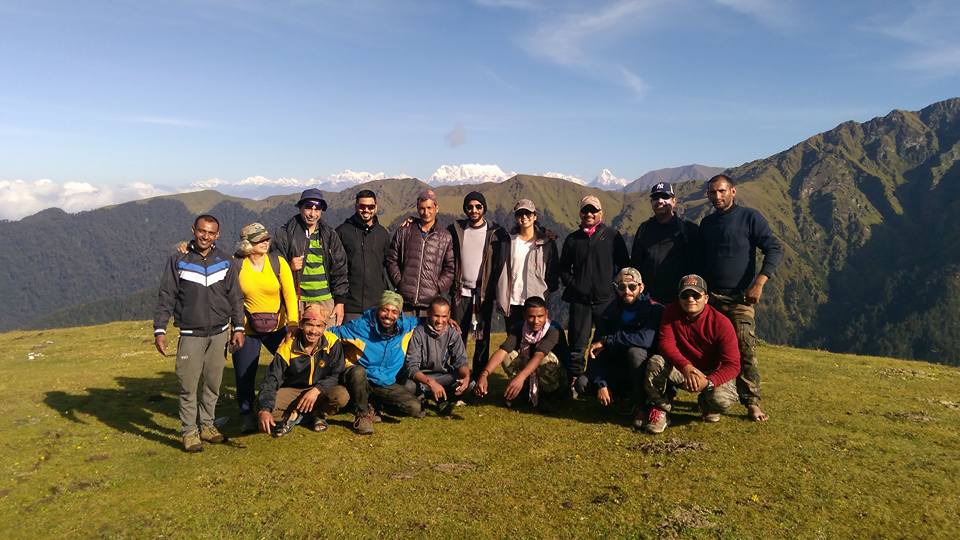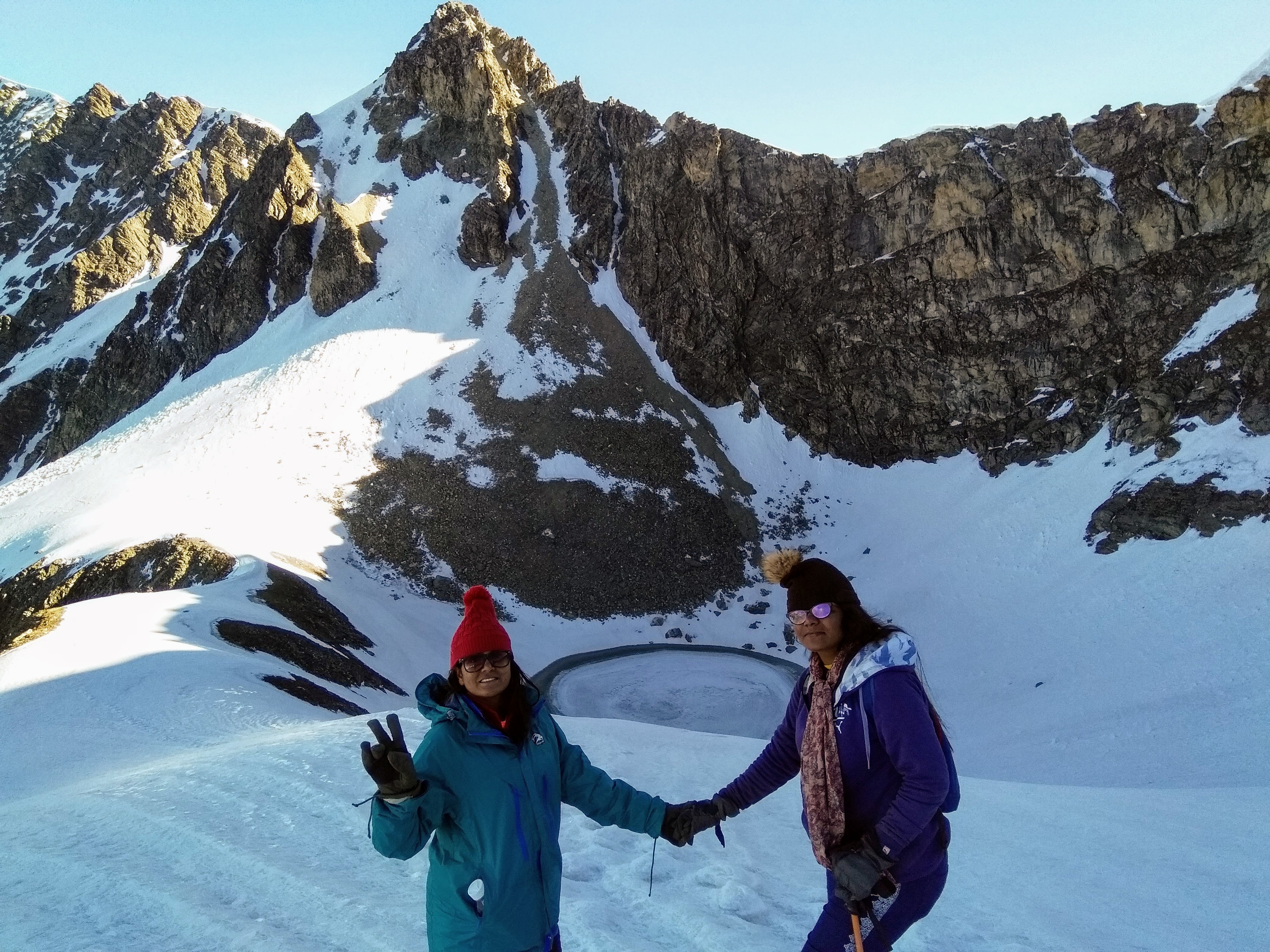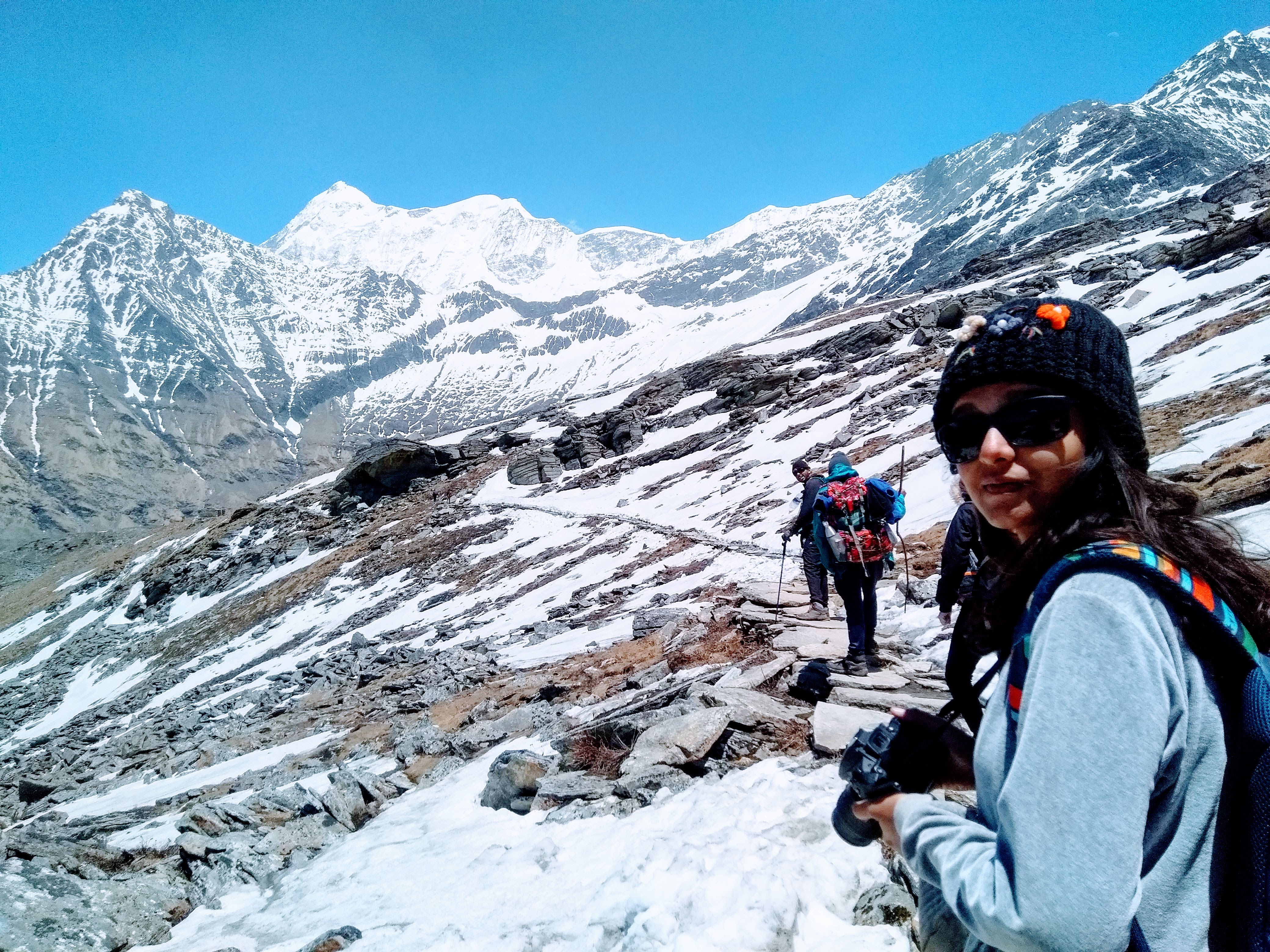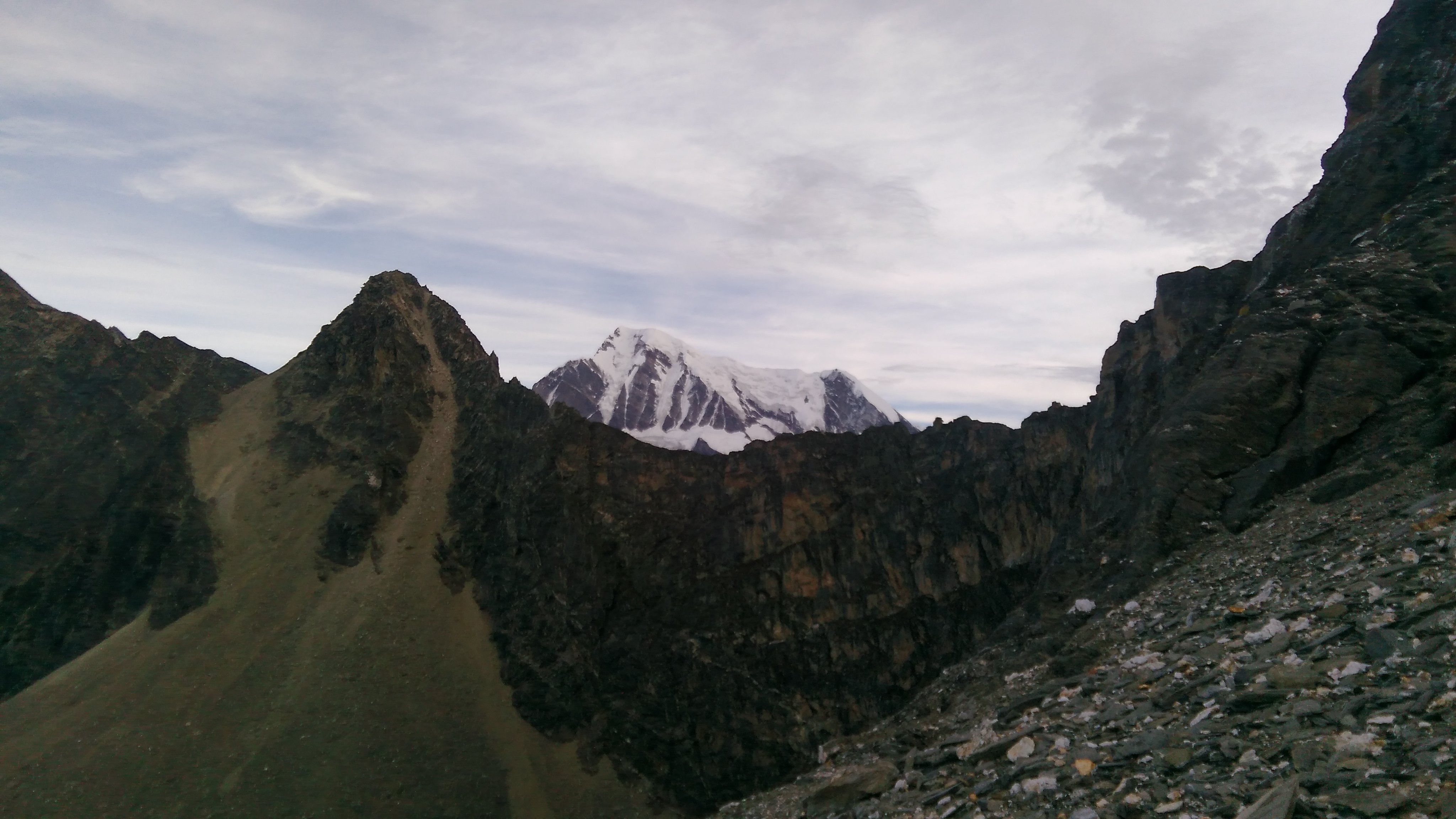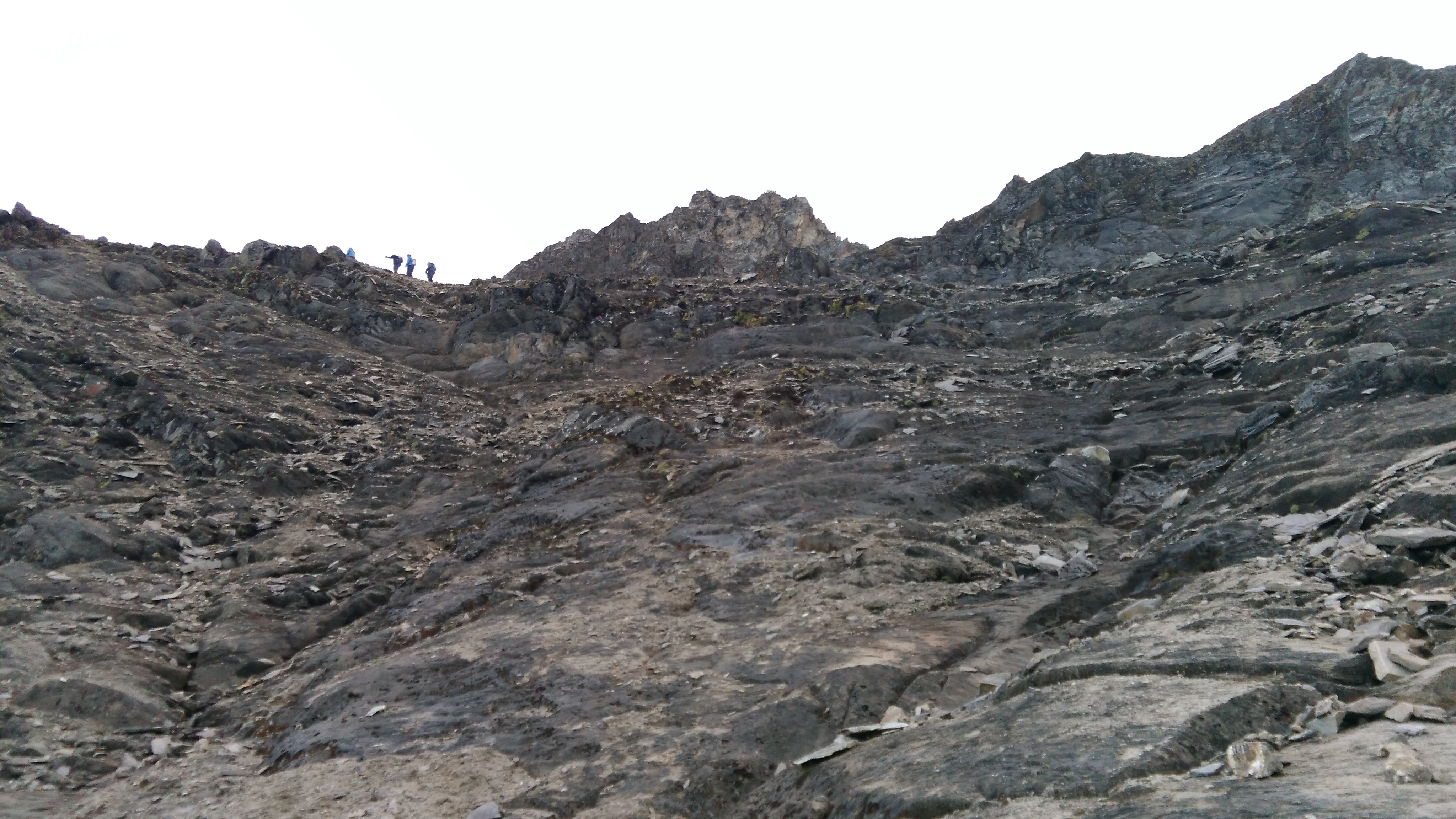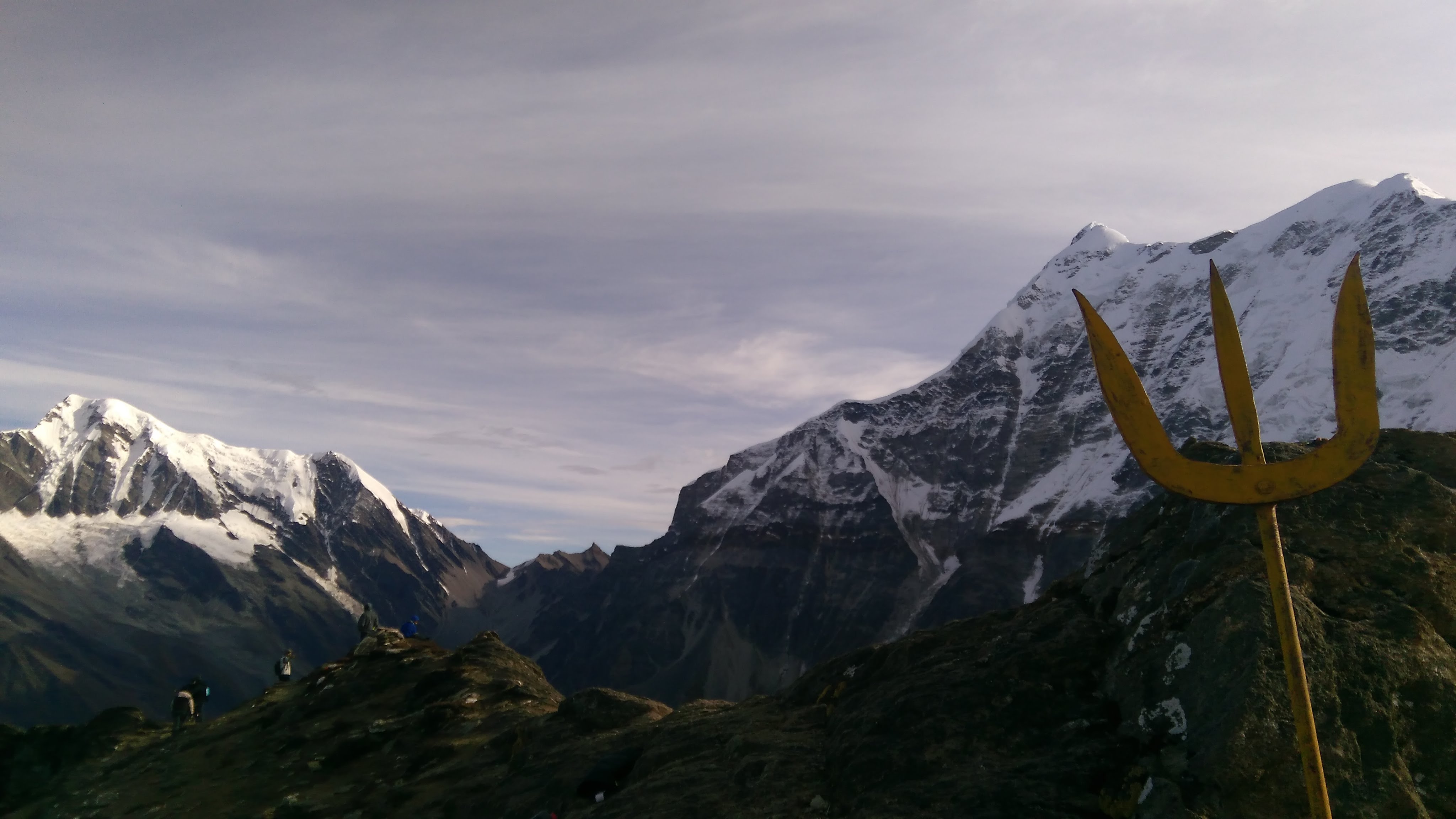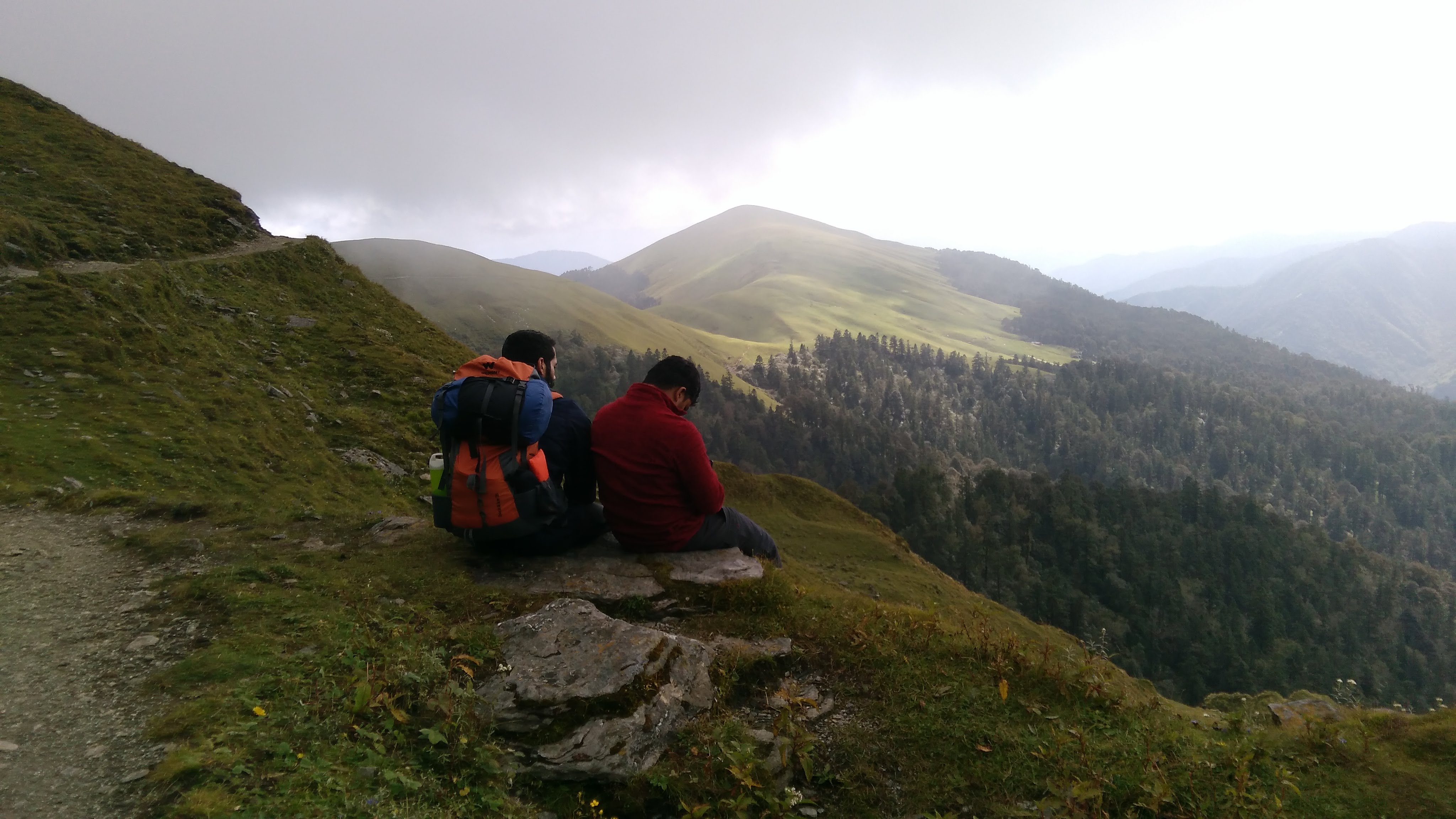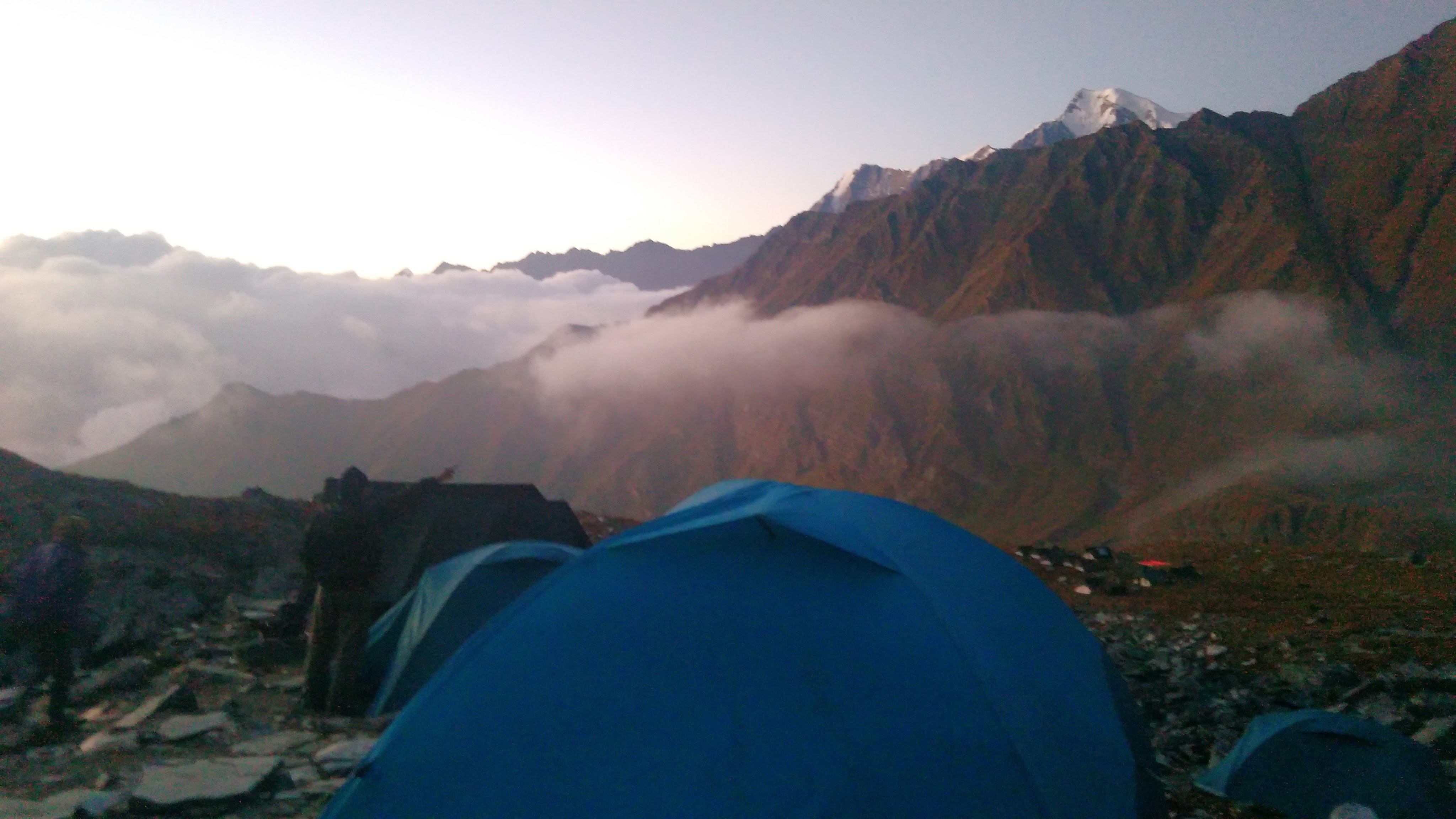📅 Day 1: Kathgodam / Rishikesh to Lohajung (7,600 ft)
• Drive Distance: ~210–230 km (9–11 hrs) via Almora / Kausani.
• The journey takes you through the winding mountain roads of Kumaon, passing through pine forests, terraced valleys and small hill towns like Gwaldam and Dewal.
• By evening, reach Lohajung — a scenic Himalayan base village overlooking the confluence of the Pindar and Kail rivers.
• The air is cool and crisp, and the sunset paints Mt Nanda Ghunti in golden hues.
• Overnight stay in a cozy guesthouse/homestay. Short evening acclimatisation walk to nearby viewpoints recommended.
📅 Day 2: Lohajung to Didna Village (8,530 ft)
• Trek Distance: ~7–8 km | Duration: ~4–5 hrs.
• The day begins with a descent through mixed forests of oak and rhododendron to the sparkling Neel Ganga river — a serene spot to rest and refill bottles.
• After crossing the bridge, climb gradually through dense forest dotted with wildflowers and chirping mountain birds to reach Didna village, located on a gentle slope amidst terraced fields.
• The trail offers views of snow-capped ridges beyond the valley.
• Overnight stay in a rustic guesthouse or homestay; expect pleasant mountain breeze and starlit skies.
📅 Day 3: Didna to Ali Bugyal (11,320 ft)
• Trek Distance: ~10–12 km | Duration: ~6–7 hrs.
• The morning trail starts steeply through oak, maple, and rhododendron forests alive with Himalayan monals (state bird of Uttarakhand) and langurs leaping between trees.
• As you climb higher, the tree line begins to fade, and the lush alpine meadows of Ali Bugyal open up — an ocean of green grass stretching endlessly, often kissed by soft mist.
• Snow peaks like Mt Trishul and Nanda Ghunti rise majestically in the backdrop.
• Depending on the season, wild horses graze peacefully on the slopes.
• Overnight stay in tents or homestay at Ali Bugyal; expect cold winds and a stunning night sky.
📅 Day 4: Ali Bugyal to Patar Nachauni (12,818 ft)
• Trek Distance: ~6–10 km | Duration: ~4–6 hrs.
• Begin your day with a gentle traverse across the meadow linking Ali Bugyal to Bedni Bugyal — one of India’s largest alpine meadows with spellbinding 360° views.
• Visit the sacred Bedni Kund (lake) reflecting the Trishul massif; locals believe Goddess Nanda Devi blesses every traveler here.
• The trail gradually ascends beyond the meadow as you enter higher, more rugged terrain towards Patar Nachauni.
• Weather turns colder and windier; nights can dip close to 0 °C even in summer.
• Camp at Patar Nachauni overlooking the vast alpine bowl under a starry sky.
📅 Day 5: Patar Nachauni to Bhagwabasa (14,100–14,500 ft)
• Trek Distance: ~5–7 km | Duration: ~4–5 hrs.
• The trail steepens today, climbing over rocky switchbacks towards Kalu Vinayak temple — a small stone shrine perched dramatically at ~14,200 ft.
• From here, the panorama widens — Nanda Ghunti, Chaukhamba, and Trishul appear spectacularly close.
• Descend slightly over boulder-strewn moraine to reach Bhagwabasa, the last campsite before the lake.
• Vegetation fades; the landscape turns barren and grey with patches of snow even in early summer.
• Nights here are frigid with sub-zero temperatures; strong winds are common.
• Overnight stay in tents surrounded by the raw grandeur of high Himalayas.
📅 Day 6: Bhagwabasa to Roopkund Lake (15,750 ft) and back to Patar Nachauni
• Trek Distance: ~10–12 km | Duration: ~8–9 hrs (round trip).
• Early pre-dawn start (around 3–4 AM) to catch firm snow and clear weather.
• The climb is steep and zigzagging over snow slopes, scree, and rocky patches leading to the fabled Roopkund Lake — a glacial tarn nestled in a crater surrounded by snow walls.
• When the snow melts, human skeletons dating back centuries can be seen at the edge of the lake — one of the great mysteries of the Himalayas.
• Important seasonal note: In May–June, the trail beyond Bhagwabasa often has a mix of hard ice and soft snow, making it slippery and risky. Always walk strictly under your guide’s supervision — no selfies or rushing at any point.
• Descending on snow from Roopkund to Bhagwabasa can be equally tricky; take extreme caution and use trekking poles properly.
• Sunglasses are **mandatory** on this stretch to prevent snow blindness — the glare from early morning snow can be intense and disorienting.
• The climb to Junargali Top (16,200 ft) is **not possible** during icy conditions in May–June but opens up post-monsoon (September–October) when snow has melted. During that season, trekkers can climb safely to Junargali for a spectacular close view of Mt Trishul — appearing almost at arm’s distance.
• Note that Mt Trishul is **not visible from the Roopkund Lake** itself due to the surrounding ridges.
• Weather at this altitude can change rapidly — if strong winds, whiteout, or snowfall occur, the **turnaround point will be decided by the trek leader/guide** for safety reasons.
• After spending some quiet moments at the lake, descend carefully to Bhagwabasa for breakfast, then continue down to Patar Nachauni by afternoon.
• Expect biting cold winds before sunrise and softening snow after 8 AM, which can make footing unstable — start early and maintain a steady, cautious pace.
• Overnight stay in tents at Patar Nachauni.
📅 Day 7: Patar Nachauni to Wan Village (7,900–8,200 ft) + Drive to Lohajung
• Trek Distance: ~12–17 km | Duration: ~6–7 hrs.
• Begin descent through rolling meadows and retrace the path via Bedni Bugyal and Ghora Lotani, where you might spot mountain goats and Himalayan eagles circling above.
• The trail passes through Doliya Dhar ridges with occasional rocky patches — trekking poles are highly recommended to protect knees during the steep descent.
• As you descend below the tree line, the temperature warms and forest fragrances return — pine, oak, and rhododendron canopy the trail.
• Cross the Neel Ganga river again before the final short climb to Wan village.
• A 45-minute scenic drive brings you back to Lohajung.
• Relax with a hot meal, share stories, and enjoy your last night in the mountains.
📅 Day 8: Lohajung to Kathgodam / Rishikesh
• Drive Distance: ~210–230 km | Duration: ~9–11 hrs.
• After breakfast, bid farewell to the trek team and retrace the mountain roads down to the plains.
• Expect changing landscapes — dense forests giving way to terraced fields and finally the bustling towns of Kumaon/Garhwal.
• Reach Kathgodam or Rishikesh by evening/night — trek concludes with lifelong memories of the mysterious lake and the grand meadows of Roopkund.
